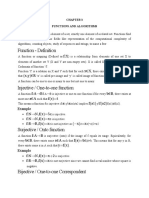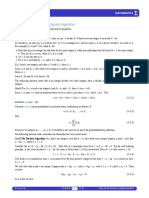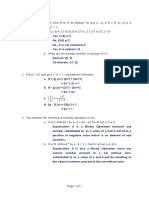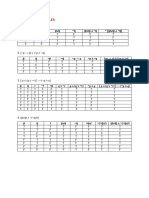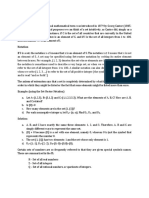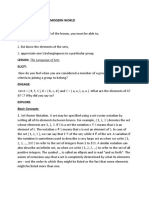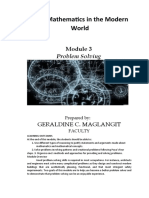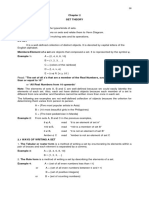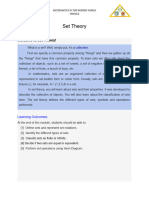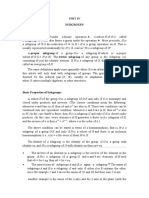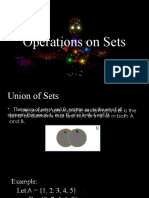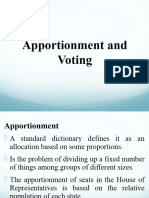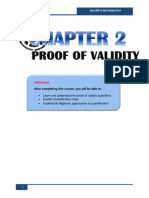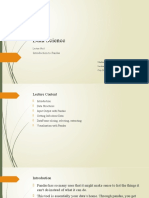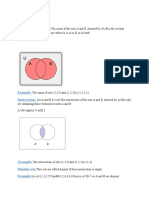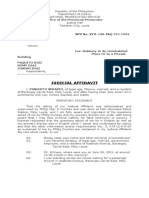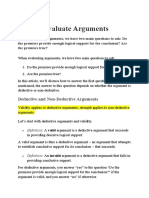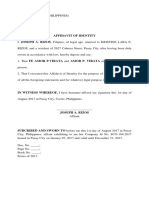0% found this document useful (0 votes)
420 views7 pagesLogical Equivalences Explained
Logical equivalences can be tautologies, contradictions, or contingencies based on their truth values. [1] A proposition is a tautology if it is always true, a contradiction if always false, and a contingency if neither true nor false. [2] Two propositions are logically equivalent if they have the same truth values in all cases. [3] Logical equivalences include identity, domination, idempotent, double negation, commutative, associative, distributive, and De Morgan's laws.
Uploaded by
Abdul BasitCopyright
© © All Rights Reserved
We take content rights seriously. If you suspect this is your content, claim it here.
Available Formats
Download as DOCX, PDF, TXT or read online on Scribd
0% found this document useful (0 votes)
420 views7 pagesLogical Equivalences Explained
Logical equivalences can be tautologies, contradictions, or contingencies based on their truth values. [1] A proposition is a tautology if it is always true, a contradiction if always false, and a contingency if neither true nor false. [2] Two propositions are logically equivalent if they have the same truth values in all cases. [3] Logical equivalences include identity, domination, idempotent, double negation, commutative, associative, distributive, and De Morgan's laws.
Uploaded by
Abdul BasitCopyright
© © All Rights Reserved
We take content rights seriously. If you suspect this is your content, claim it here.
Available Formats
Download as DOCX, PDF, TXT or read online on Scribd
/ 7

